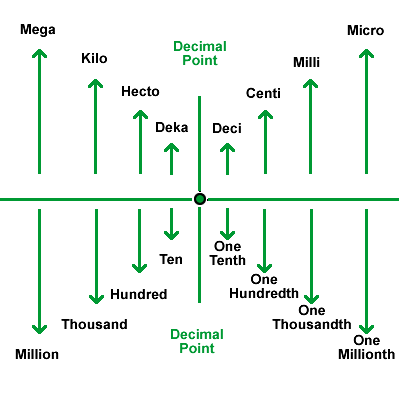Electric Current Is Measured In

Electric current is measured in
Volts and amperes are measures of electricity. A volt is the unit of electric potential difference, or the size of the force that sends the electrons through a circuit. An ampere is the unit used to measure electric current.
What is electrical current and How Is It measured?
With electricity, we measure the amount of charge flowing through the circuit over a period of time. Current is measured in Amperes (usually just referred to as "Amps"). An ampere is defined as 6.241*10^18 electrons (1 Coulomb) per second passing through a point in a circuit.
How is current measured unit?
An ampere (AM-pir), or amp, is the international unit used for measuring current. It expresses the quantity of electrons (sometimes called "electrical charge") flowing past a point in a circuit over a given time.
What is measured in ampere?
The ampere is a measure of the amount of electric charge in motion per unit time ― that is, electric current. But the quantity of electric charge by itself, whether in motion or not, is expressed by another SI unit, the coulomb (C).
What is the value of 1 ampere?
One ampere of current represents one coulomb of electrical charge, i.e. 6.24×1018 charge carriers, moving in one second. In other words, “an ampere is the amount of current produced by the force of one volt acting through a resistance of one ohm”.
What is the unit of electric?
The Volt V, Ampere A, and Ohm are the standard units of electrical measurement for voltage, current, and resistance, respectively.
What is current measured in symbol?
A simple electric circuit, where current is represented by the letter i. The relationship between the voltage (V), resistance (R), and current (I) is V=IR; this is known as Ohm's law.
Why do we measure current?
Necessity of measuring current If there were no measuring instruments, it would be difficult to pinpoint problems during maintenance and when equipment breaks down. For this reason, measuring current is an important part of maintaining electronic devices and pinpointing the causes of malfunctions and failures.
How is voltage measured?
Voltages are usually measured by placing the measuring device in parallel with the component or circuit (load) to be measured. The measuring device should have an infinite input impedance (resistance) so that it will absorb no energy from the circuit under test and, therefore, measure the true voltage.
What is ohms used to measure?
Resistance is the measure of electrical “friction” as charges move through a conductor. It is measured in the unit of “Ohm,” that unit symbolized by the capital Greek letter omega (Ω).
What is the units of voltage?
The volt (symbol: V) is the unit of electric potential, electric potential difference (voltage), and electromotive force in the International System of Units (SI). It is named after the Italian physicist Alessandro Volta (1745–1827).
How many watts is a volt?
If you have a 1 amp circuit, 1 volt is equal to 1 watt. If you have a 100 amp circuit, 1 volt is equal to 100 watts.
What is the value of 1 volt?
Therefore, 1 Volt = 1 Joule/Coulomb.
What is a 1 volt?
One Volt is defined as energy consumption of one joule per electric charge of one coulomb. 1V = 1J/C. One volt is equal to the current of 1 amp times the resistance of 1 ohm.
Why ampere is a base unit?
The ampere was chosen as a base unit, because it is easily measured whereas the coloumb is not. Interestingly, there is a move a foot to redefine the ampere (which will remain a base unit) in terms of the fundamental charge on an electron (not in terms of coulomb).
What is the symbol of Ohm's law?
| Quantity | Ohm's Law symbol | Unit of measure (abbreviation) |
|---|---|---|
| Voltage | E | Volt (V) |
| Current | I | Ampere, amp (A) |
| Resistance | R | Ohm (Ω) |
How do I calculate current?
The current is the ratio of the potential difference and the resistance. It is represented as (I). The current formula is given as I = V/R.
How is DC current measured?
Both AC and DC currents can be measured with a multimeter by connecting the meter in series with the circuit, in which the current is measured provided the current in that circuit is limited or controlled by a load or appropriate values of resistance.
How do you measure voltage and current?
For the measurement of current and voltage one uses so-called ammeters and voltmeters. Devices that can measure current as well as voltage (and usually other quantities as well) are called multimeters or power analyzers. If you want to measure the current, you connect the ammeter in a series to the components.
Why does E stand for voltage?
The "I" is thought to have been meant to represent "Intensity" (of electron flow), and the other symbol for voltage, "E," stands for "Electromotive force." From what research I've been able to do, there seems to be some dispute over the meaning of "I." The symbols "E" and "V" are interchangeable for the most part,












Post a Comment for "Electric Current Is Measured In"